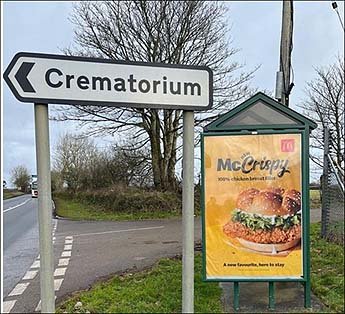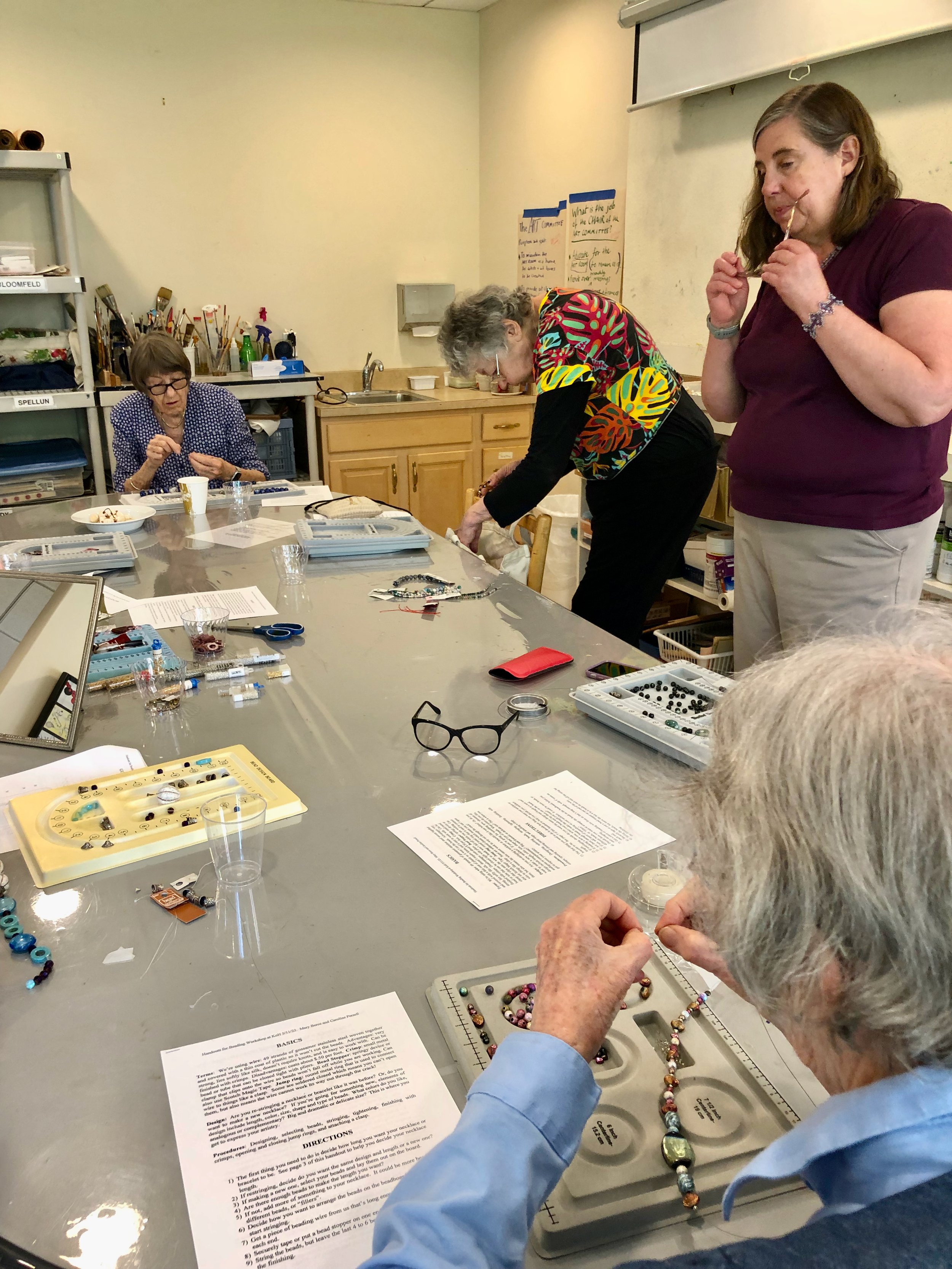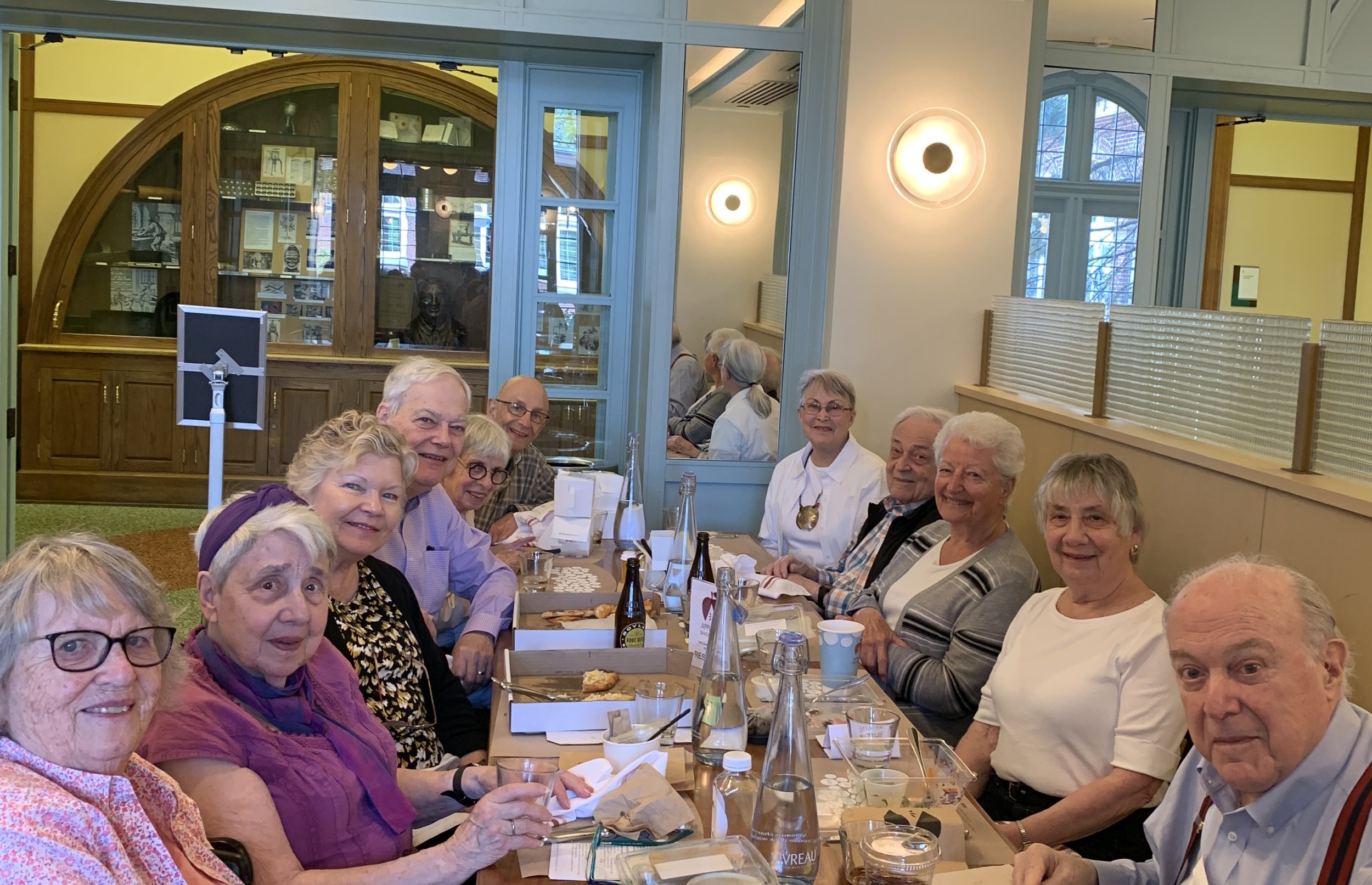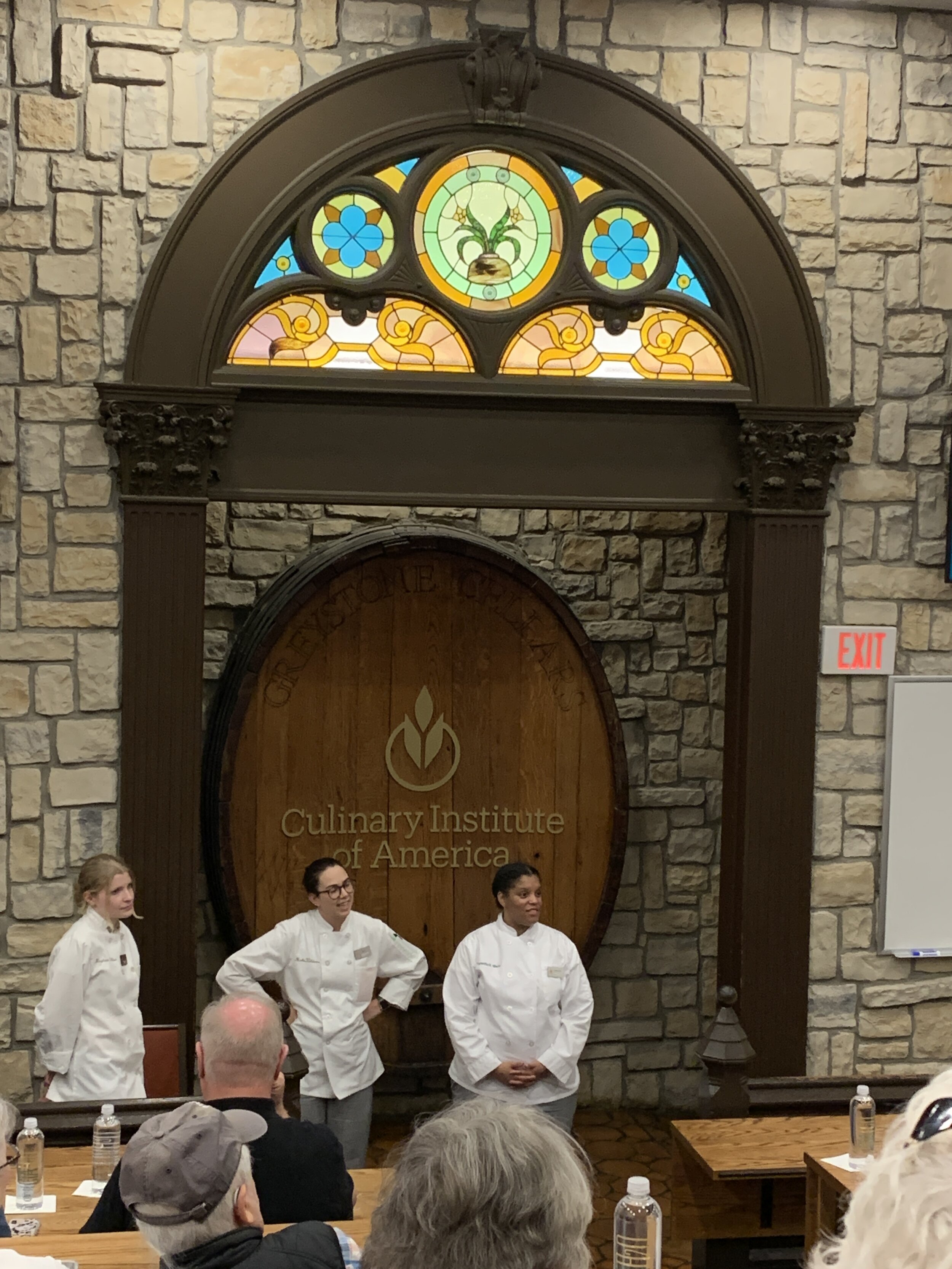MAY 29: END OF THE MIDDLE AGES DAY
The Middle Ages — sometimes called the medieval period or Dark Ages — started in Europe with the fall of Rome in 476 A.D. Many historians referred to this period as the Dark Ages because they saw it as an era lacking in notable accomplishments in science, art, and politics — a period of darkness, poverty, and untapped potential.
Constantinople, the capital of the Byzantine Empire, fell to the hands of the invading Ottoman Empire on May 29, 1453. This day, many believe, marks the end of the Middle Ages and the beginning of the 15th-century Renaissance. When Constantinople fell to Ottoman invaders led by Sultan Mehmed II, many intellectuals fled the capital city for asylum in Italy and started a revival of learning based on classical Greek sources. The study of Greek and Roman culture, languages, philosophies, and art was revived in Italy where the scholars settled, and this initiated the Renaissance.
MAY 30: NATIONAL CREATIVITY DAY
Unleash your imagination for National Creativity Day! Many things in our lives were spawned out of someone’s imagination. Artists, writers, sculptors, filmmakers, chefs, landscapers, architects, and many more. This special day was founded to honor and celebrate everyone who creates new things each day.
People have differing opinions about the history of creativity. Some believe it began in the prehistoric ages when early humans used leaves to cover themselves and developed tools for hunting. Others believe it originated with the Australian Aborigines. They had moved from India to Australia, inventing an incredibly creative hunting tool, the boomerang, in the process. People also tend to think creativity originated in ancient Egypt, Mexico, Asia. The pyramids, geometry, astronomy, and advancements in production and science are all examples of a creative bent.
The greatest period of creativity in history is said to be the period of the Renaissance, where everyone sought to express themselves, and creativity bloomed in every aspect of life, even in politics, economy, society, art, philosophy, science, and education.
MAY 31: NATIONAL SMILE DAY
National Smile Day encourages everyone to wear their best smile! The first recorded smile on record took place on 126 B.C. Okay, we made that up. But did you smile? Joking aside, a smile is born when funny things happen or we find pleasure in the things we do. Someone we love or enjoy spending time with may be the cause of a grin or beaming look of joy.
Smiles are powerful! They not only create engagement between two people but the more a person smiles, the healthier their brain can be. Smiling has a direct link to our brain and can help to reduce stress.
There is so much a smile can do. Just one smile can brighten someone’s day. It can also improve your day. Smiles are infectious. A healthy smile can develop confidence and generate a new outlook on the world.
JUNE 1: OSCAR THE GROUCH DAY
Since May 31 is National Smile Day, it is only fittin’ that June 1 is Oscar the Grouch. Oscar, a Sesame Street character, is a grumpy, grouchy creature who lives in a trash can. Oscar is known for his love of garbage and all things dirty. He is also known for being grumpy and grouchy most of the time. Despite his negative personality traits, Oscar is a lovable character. He has a heart of gold and is always there for his friends when they need him. He may be grumpy, but he is also loyal and caring.
June 1st is Oscar the Grouch's birthday — the day when he is at his absolute grouchiest. In episode 3866 of Sesame Street, after Oscar reads a birthday card from his mother, and after hearing Oscar tell the viewers that it was his birthday, Sesame Street character Telly Monster tried to give Oscar a grouchy birthday party, something that Oscar thought he couldn't do. In the end, however, Oscar was proved wrong. He received many grouchy rotten gifts that he cherished. Oscar admits that he was wrong — everyone knew how to celebrate a Grouch birthday. At the end of the day Oscar notes the best thing about having a birthday: you have to wait a whole year until the next one.
Celebrate the day with others who enjoy all things grouchy!
JUNE 2: NATIONAL DONUT DAY
Each year on the first Friday in June, people participate in National Doughnut or Donut Day, celebrating the doughnut and honoring the Salvation Army Lassies. The Salvation Army Lassies are the women who served doughnuts to soldiers during WWI. In 1917, the original “Salvation Army Doughnut” was first served by the ladies of the Salvation Army. It was during WWI that the Salvation Army Lassies went to the front lines of Europe. Home-cooked foods, provided by these brave volunteers, were a morale boost to the troops. The doughnuts were often cooked in oil inside the metal helmets of American soldiers. American infantrymen were then commonly called “doughboys.” A more standard spelling of the word is “donut.”
On this day, many bakeries and coffee shops in the United States offer doughnut deals to their customers. Remember: You’re not consuming calories, your celebrating heroes of yore!
JUNE 3: LOVE CONQUERS ALL DAY
Love Conquers All Day has been celebrated since the early 1900s, when it was first created to honor the power of love and its ability to overcome any obstacle. No matter how tough life gets, the sailing becomes smoother with our loved ones at our side. It is a day to express gratitude and love to those who matter and recognize love as an emotion that makes the world go around. A day of joy and warmth, you can celebrate it with your friends, family, partners, pets, or anyone whom you love and cherish!
The famous expression, ‘love conquers all,’ is credited to the Roman poet Virgil. The expression suggests that there is no force in the world that cannot be overcome by love.
It's a great opportunity to take time out of your busy schedule and show that special someone just how much they mean to you. From romantic gestures to simply saying "I love you," there are many ways to celebrate this holiday and make it extra memorable.
JUNE 4: NATIONAL CHEESE DAY
National Cheese Day — not to be confused with other popular cheese related holidays such as grilled cheese day, cheesecake day, or mac and cheese day — is in reverence of the queen of all dairy: the big cheese.
Cheese making is an ancient, some might even say sacred, craft. So ancient in fact it predates recorded history. It is speculated that the magic of cheese making began somewhere around 8000 BCE shortly after the domestication of animals.
The most popular cheese of all is mozzarella. This delicious and pizza topping cheese was first created near Naples from the rich milk of water buffalos. At the time, it rarely left its home near Naples, as it was made from pasteurized milk, and a lack of refrigeration meant it had a very short shelf life. As both cheese technology and refrigeration systems advanced, this delicious cheese left the southern region of Italy and found itself traveling around the world.
Today, cheese dishes can be found on every continent served savory, sweet, melted, deep fried, and even chilled in ice cream. This household staple can still satisfy any craving after thousands of years. And if you take photographs of it being enjoyed, remember: right before you click the shutter, shout “Say Cheese!”
























































































